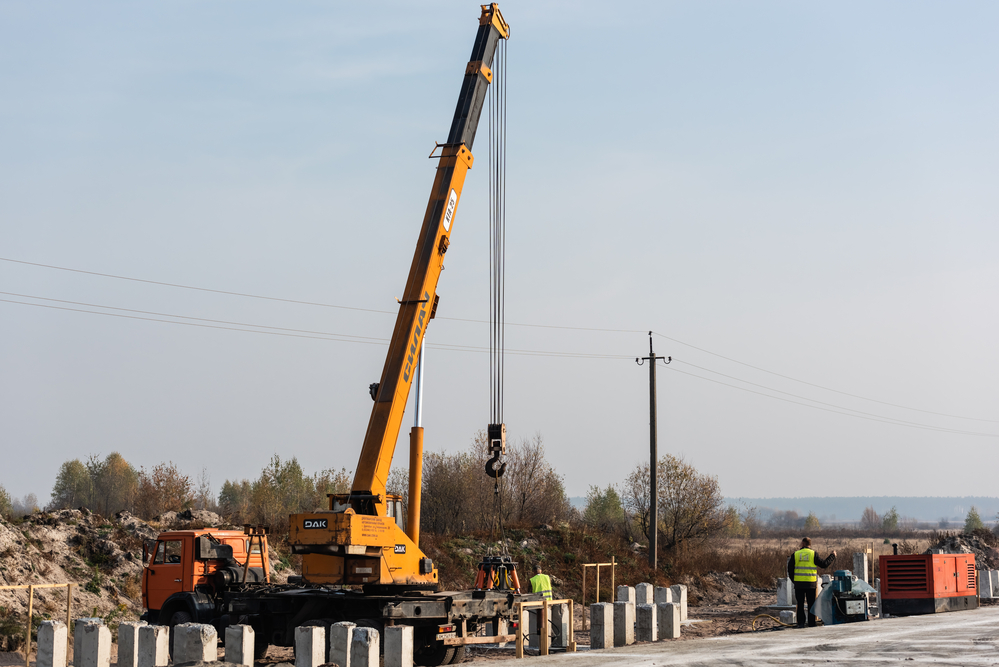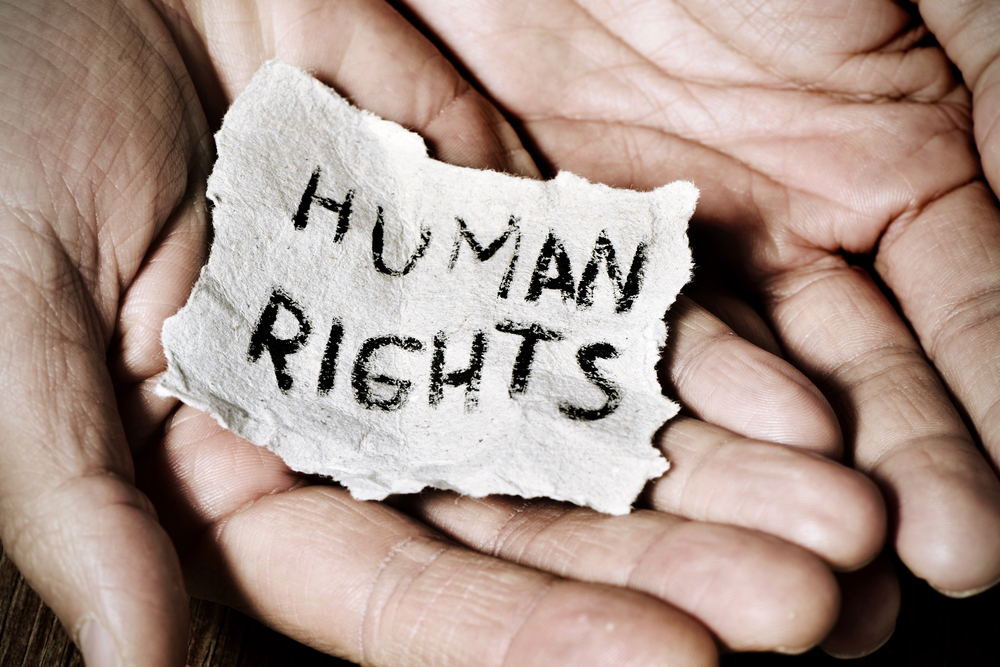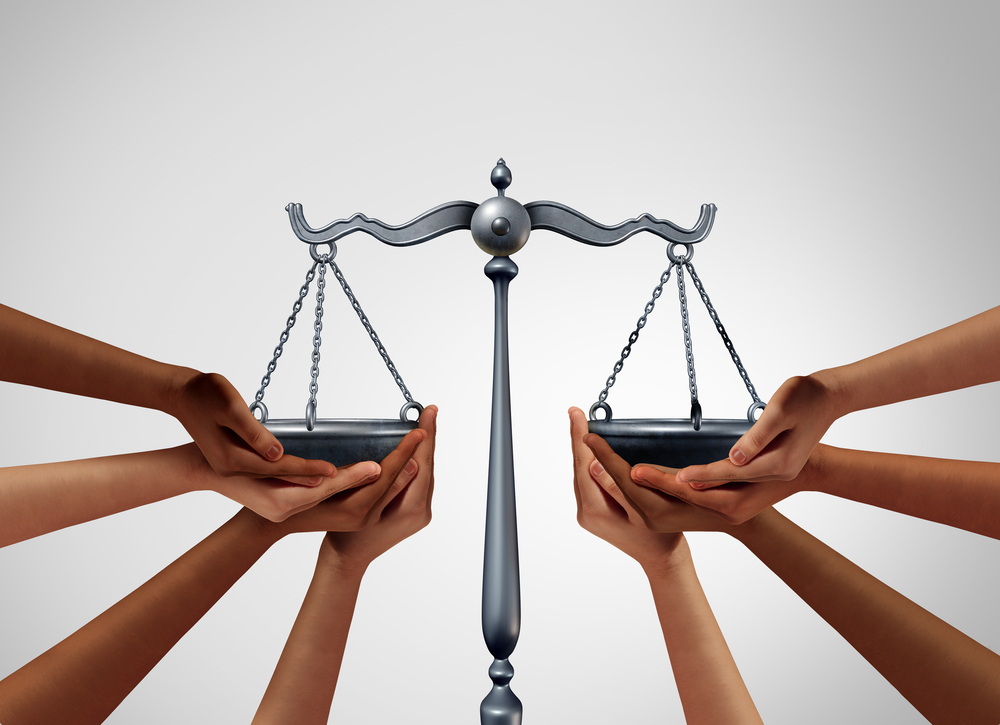How does remote monitoring work on construction sites?How does remote monitoring work on construction sites?
Remote monitoring has transformed how construction site managers manage security on their premises.
However, it is not quite as simple as just plugging in your posh new CCTV system and pressing go. This guide will give you a much better understanding of how these systems work.

What is Remote Monitoring?
Remote monitoring employs a network of cameras and sensors spread across the construction site, all connected to the internet. This setup allows project managers, security personnel, and stakeholders to view live feeds, receive updates, and manage alerts from any location with internet access. It’s a bit similar to to setting up a virtual watchtower, providing a panoramic view of the construction site’s daily operations.
The Magic Behind the Scenes
The crux of remote monitoring technology lies in its sophisticated cameras and sensor systems. These are not your average cameras; they’re equipped with features such as night vision, motion detection, and high-resolution capabilities. These cameras are strategically placed around the site to cover as much ground as possible, ensuring that all critical areas are under surveillance.
The Role of Motion Detection and Alerts
One of the most ingenious aspects of remote monitoring is motion detection. Cameras and sensors are on the lookout for any unusual activity. Should they detect something out of the ordinary, an alert is instantly sent to the designated personnel. This could be anything from an unauthorised entry to unexpected movement in restricted areas. The system can be tailored to ignore routine movements, focusing instead on potential security breaches or safety hazards.
Live Feed Access and Historical Footage
Remote monitoring for construction projects allows for real-time viewing of the construction site from anywhere in the world. But it’s not just about watching live feeds; it also archives footage, creating a historical record of the construction process. This can be invaluable for resolving disputes, reviewing incidents, or simply keeping track of progress.
Integration with Other Systems
The beauty of remote monitoring is its ability to integrate with other systems, creating a cohesive management and security solution. This includes access control systems, which regulate who enters or leaves the site, and environmental monitoring systems that track weather conditions and other environmental factors affecting the site.
Benefits Beyond Security
While security is a significant benefit, remote monitoring offers much more. It enhances project management by providing a bird’s-eye view of the site, helping managers track progress, allocate resources more efficiently, and identify bottlenecks. It also plays a critical role in health and safety, allowing for immediate response to accidents or dangerous situations.
Overcoming Challenges
Like any technology, remote monitoring on construction sites faces challenges, such as ensuring stable internet connectivity and protecting the system from cyber threats. However, with robust security measures and backup systems, these challenges can be effectively managed.
By providing real-time insights and historical data, it empowers project managers to make informed decisions, enhances security, and promotes efficiency. As we continue to embrace technological advancements, remote monitoring stands out as a beacon of innovation, guiding the construction industry towards a smarter, safer future.


